ناشر : انتشارات موجک (ناشر دانشگاهی)
کد کتاب : M671
عنوان : نحوه مدیریت تیمها در سازمانهای پروژهمحور (با بهرهگیری از الگوهاي شایستگی)
تالیف : محمد معهود
مشخصات ظاهری : ۲۷۴ صفحه، قطع وزیری
چاپ اول : پاییز ۱۴۰۱، تيراژ : ۵۰۰ جلد
قيمت : ۳۴۹۰۰۰۰ ريال، شابک : ۲-۳۴۳-۹۹۴-۶۰۰-۹۷۸
حقوق چاپ و نشر برای ناشر محفوظ است.
————————————————————————————————————————————————————————————————————————–

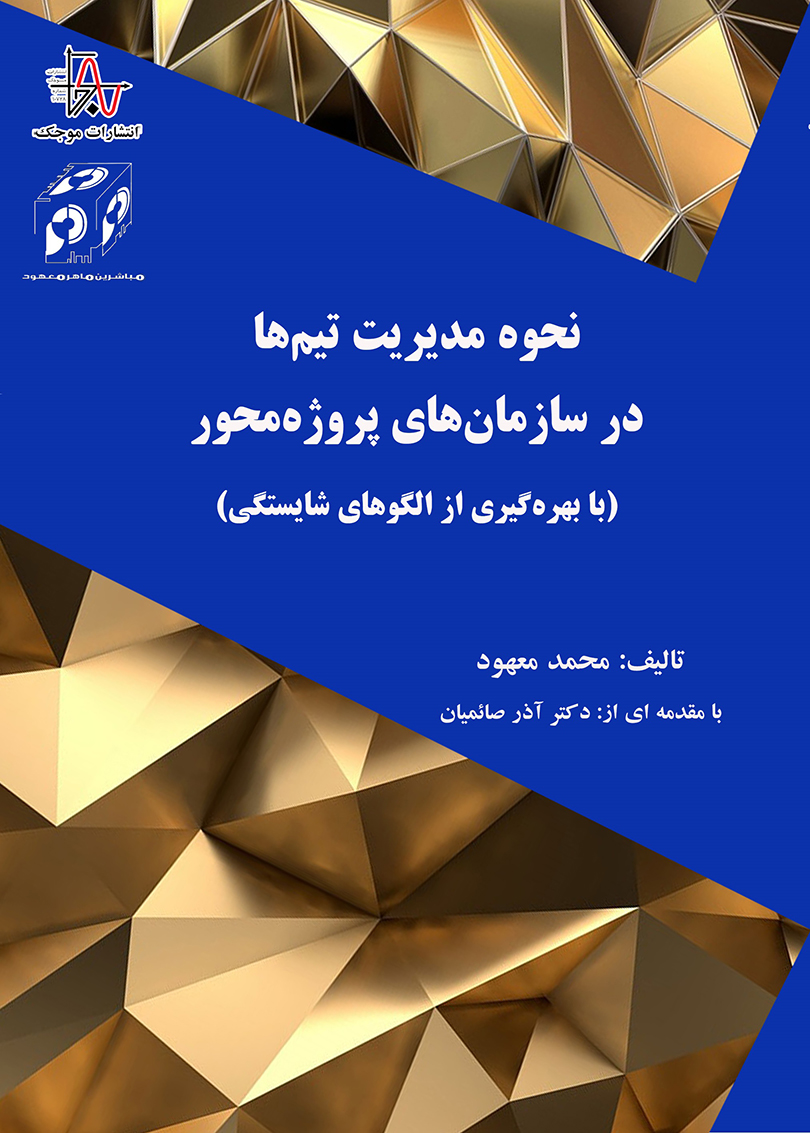
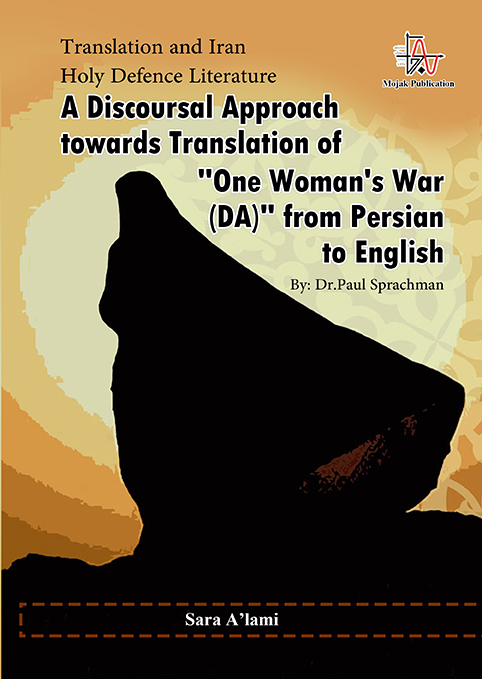
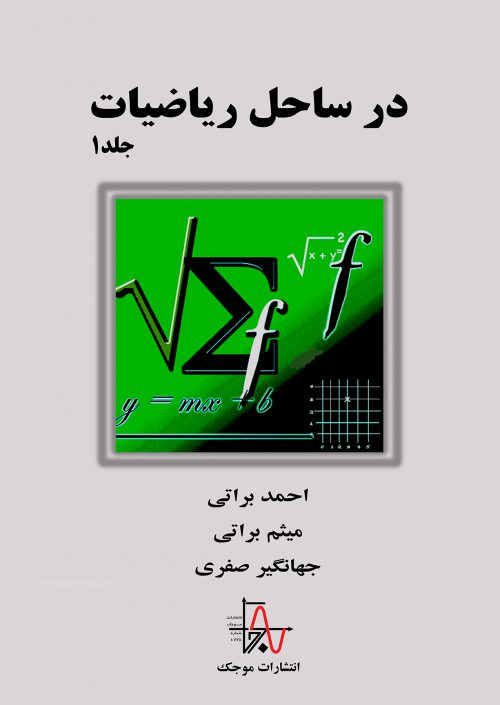
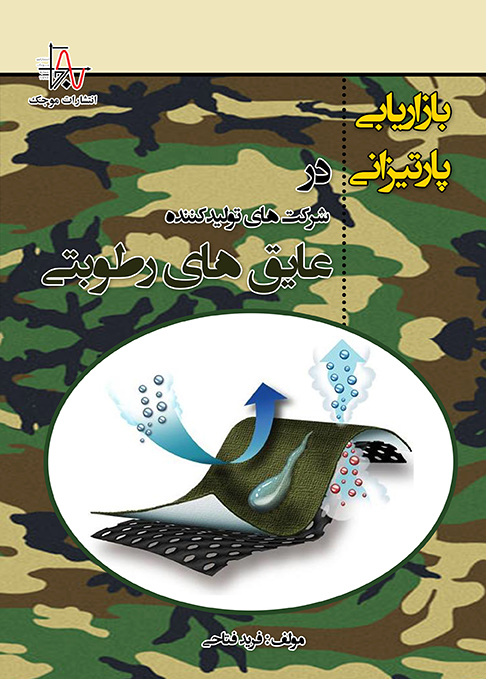
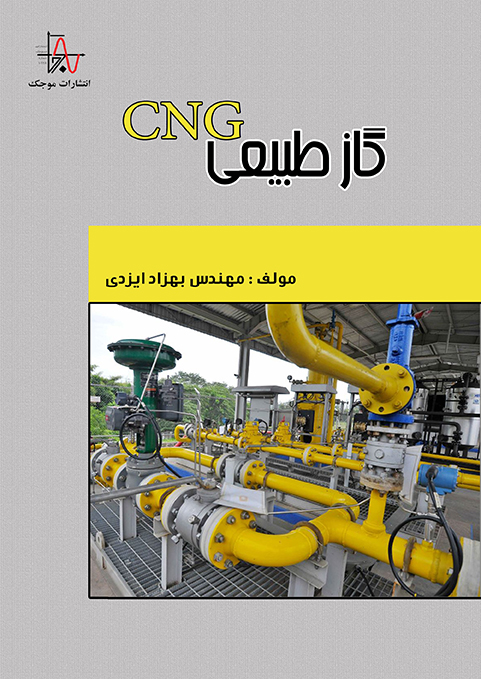
نقد و بررسیها
هیچ دیدگاهی برای این محصول نوشته نشده است.